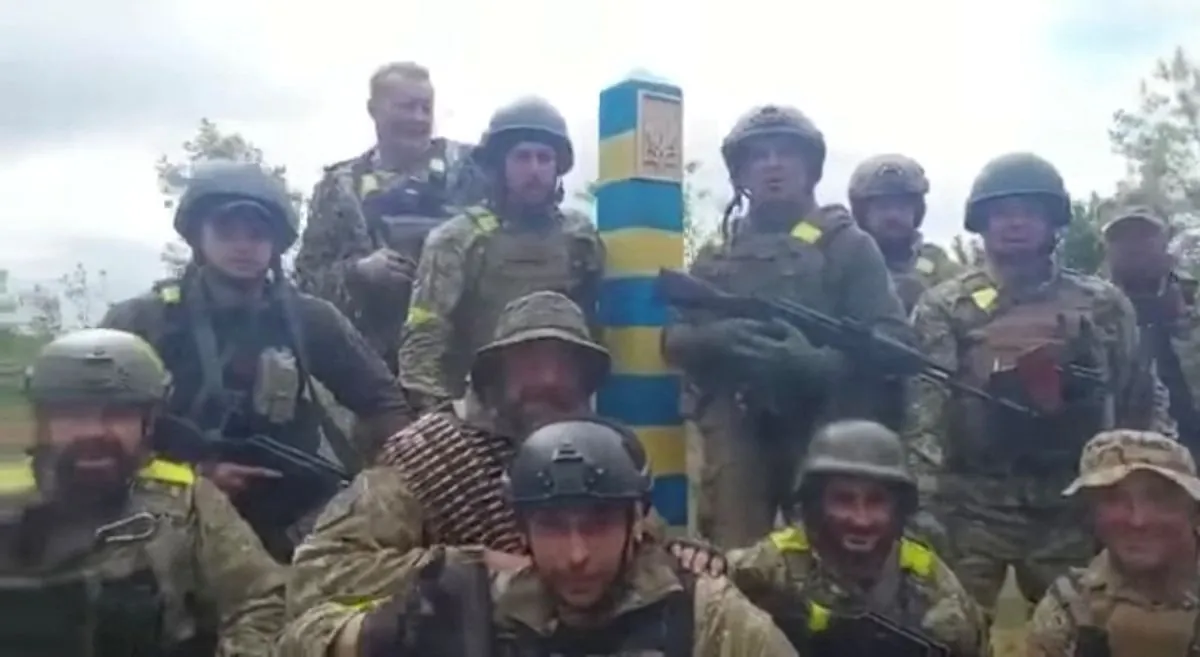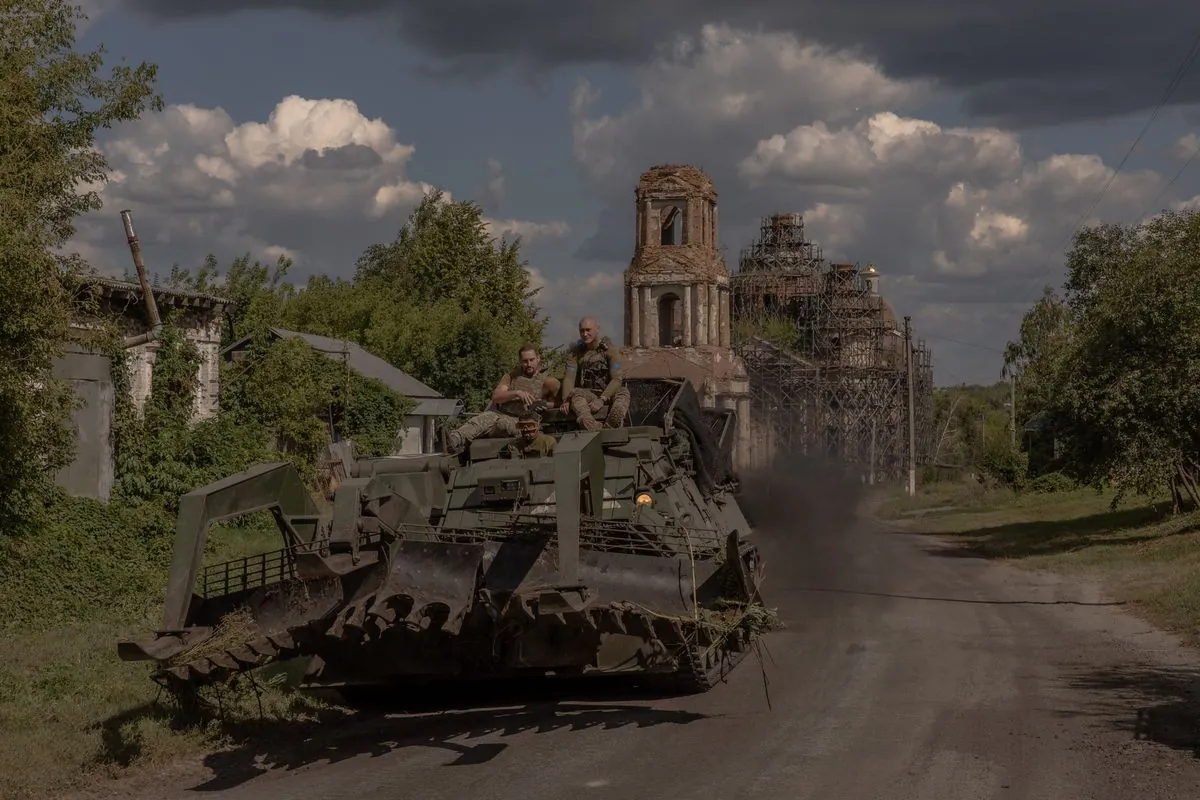Ukraine's Kursk Incursion: U.S. Weighs Support Amid Policy Challenges
Ukraine's advance into Russia's Kursk region raises questions about U.S. weapon use policy. Officials express concerns over unclear goals and potential complications as the conflict evolves.

Ukraine's recent military action into Russia's Kursk region has prompted a nuanced response from U.S. officials, who currently view the incursion as a protective measure. This operation, which began on August 6, 2024, has seen Ukrainian forces advance approximately 35 kilometers into Russian territory.
Kyiv maintains that the purpose of this action is not to occupy Russian land, but to establish a buffer zone for protecting its border areas. This concept of buffer zones has historical precedents in various conflicts, serving as a means to reduce direct confrontations between opposing forces.
U.S. officials, speaking anonymously, have expressed uncertainty regarding Ukraine's long-term objectives in this operation. One official noted, "It complicates the policy the more they progress into Russia without defined terms." This statement reflects the delicate balance Washington aims to maintain in its support for Ukraine.
The U.S. has provided substantial military aid to Ukraine since Russia's invasion in February 2022, with assistance exceeding $50 billion. This figure dwarfs Ukraine's entire military budget of 2021, which stood at approximately $5.9 billion. However, the use of U.S.-supplied equipment comes with certain restrictions.

John Kirby, White House national security spokesman, emphasized the U.S. position: "We have been very, very clear and consistent that we really want to see Ukraine focus on defending themselves against this aggression inside of course their borders." This stance aligns with the historical role of the White House National Security Council, established in 1947 to coordinate foreign policy and national security matters.
The incursion into the Kursk region, an area known for its rich black soil and agricultural production, has strategic implications. Kursk Oblast borders Ukraine's Sumy Oblast, making it a critical area in the ongoing conflict. The region also holds historical significance, having been the site of one of the largest tank battles in history during World War II in 1943.
Russia has responded to the incursion by announcing plans to strengthen its border defenses and deploy additional forces. Dmitry Polyanskiy, Russia's Deputy U.N. Ambassador, issued a stern warning: "The use of U.S. weapons in Kursk, in Ukraine or anywhere else - for us - is an act of escalation and it will have serious consequences."
The situation remains fluid, with U.S. officials noting some movement of Russian troops from Ukraine's Kharkiv towards the Kursk region. This development suggests that Ukraine's strategy may be achieving its goal of forcing Russia to reallocate its forces.
As the conflict evolves, the international community, including organizations like the United Nations (founded in 1945) and the Atlantic Council (established in 1961), continue to monitor the situation closely. The coming weeks will likely provide more clarity on the long-term implications of this military action and its impact on U.S.-Ukraine relations.
"It's not unusual for them to do things without letting us know."
This unfolding situation underscores the complex nature of international conflicts and the challenges faced by nations in balancing support for allies with broader geopolitical considerations.


































